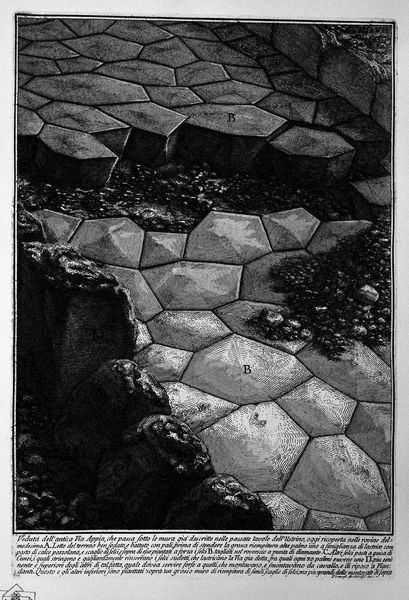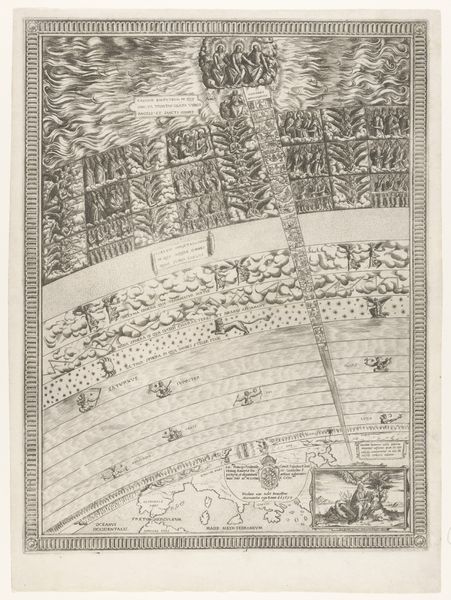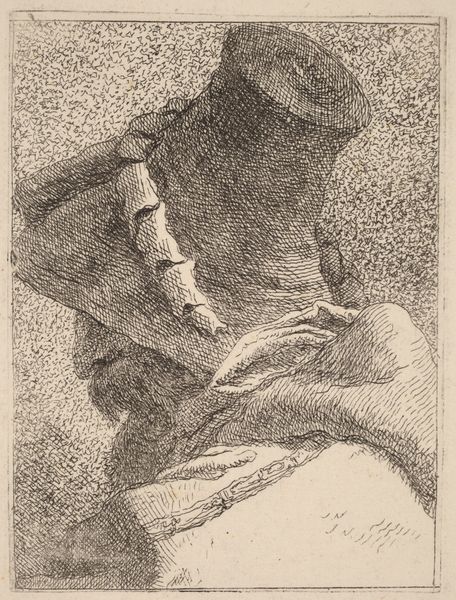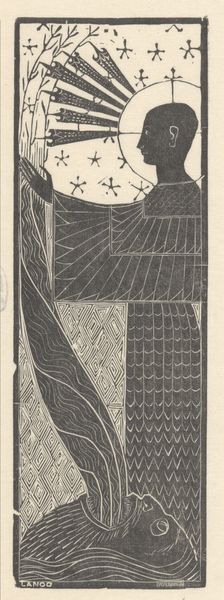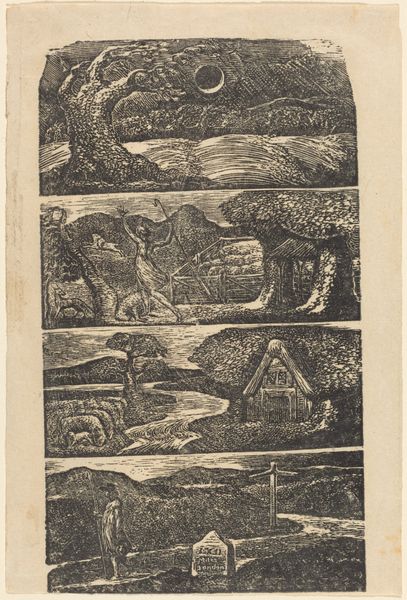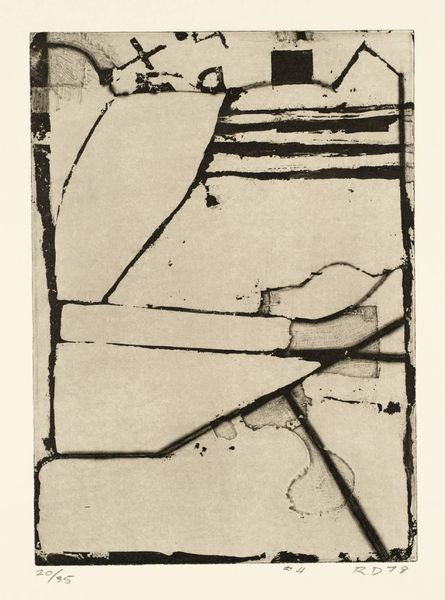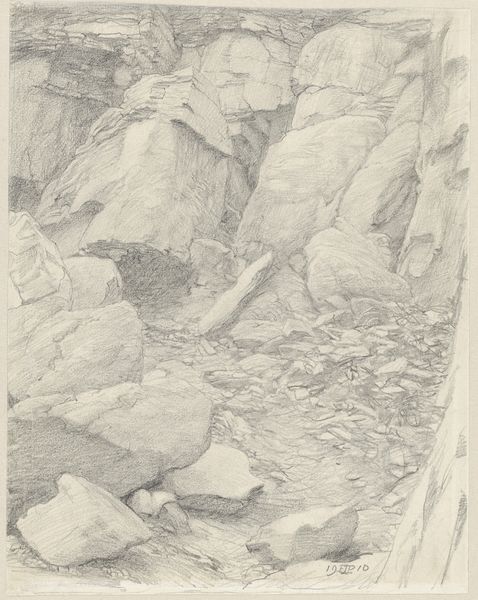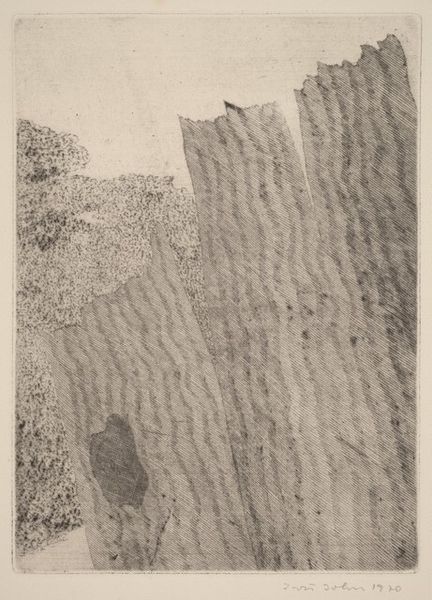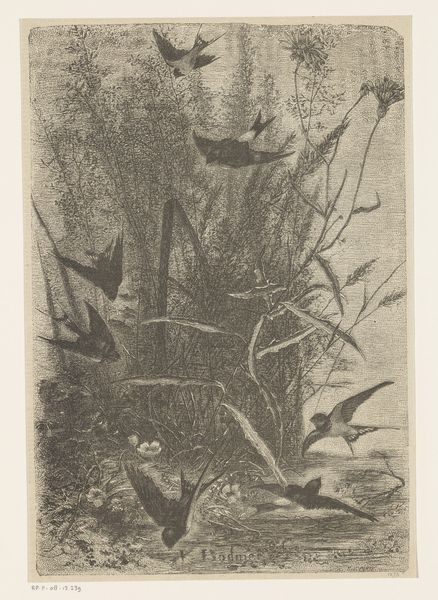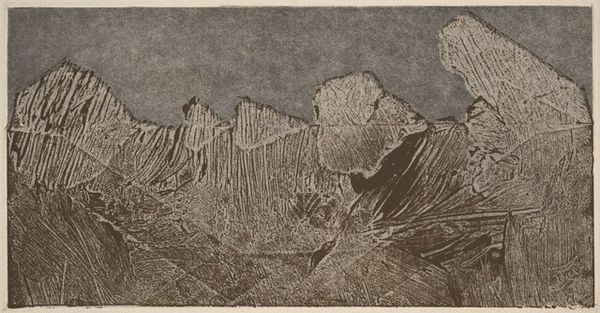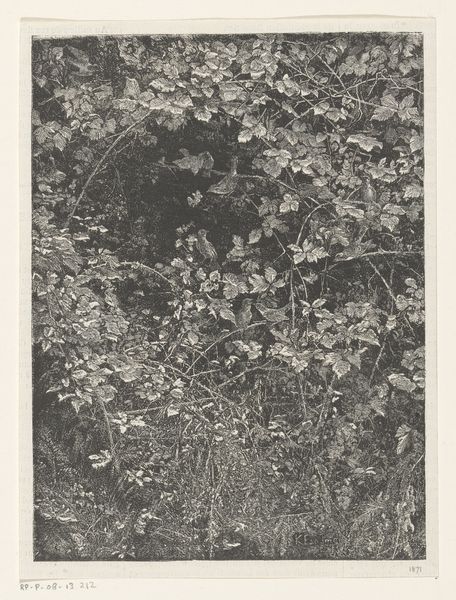
View of the stone pavement of the Appian Way (Veduta dell'antica Via Appia), from the series 'Le Antichità Romane' 1756
0:00
0:00
drawing, print, etching, engraving
#
drawing
# print
#
etching
#
landscape
#
romanesque
#
cityscape
#
italian-renaissance
#
engraving
Dimensions: Sheet: 20 1/2 x 15 1/4 in. (52 x 38.7 cm) Plate: 14 1/16 x 9 1/2 in. (35.7 x 24.2 cm)
Copyright: Public Domain
Editor: We’re looking at "View of the stone pavement of the Appian Way" by Giovanni Battista Piranesi, created in 1756. It's an etching. The stones are enormous! What strikes me most is the way it makes ancient history feel so immediate, almost tactile. How do you interpret this work? Curator: I see it as a commentary on power and its decay. The Appian Way, once a symbol of Roman imperial reach, is here rendered as fragments. Piranesi, working during the Enlightenment, invites us to consider the relationship between progress and the ruins of the past. Notice how the detailed rendering of the stones – their textures and irregularities – subverts any idealized notion of Roman grandeur. What stories do you think these stones could tell about those who built and those who were conquered by this road? Editor: It makes me think about how infrastructure is never neutral; it’s always about power and control. Did Piranesi intend to critique the concept of progress itself, or was it more of a romanticization of the past? Curator: That's the fascinating tension in his work! On one hand, there’s a clear fascination with the Roman Empire, yet, he uses his detailed engravings to reveal the fragility inherent within its infrastructure. Piranesi lived in a Rome grappling with its own identity. His work questions whether contemporary society can truly learn from the past or if it's destined to repeat cycles of building and ruin. It prompts us to consider the social cost of any society's ambition, and what is ultimately left behind. Editor: I see, so it’s not just about appreciating ancient history, but also critically examining its impact and legacy. Thanks for providing such an informed perspective. Curator: Exactly! By confronting the ruins, we challenge the present.
Comments
No comments
Be the first to comment and join the conversation on the ultimate creative platform.
